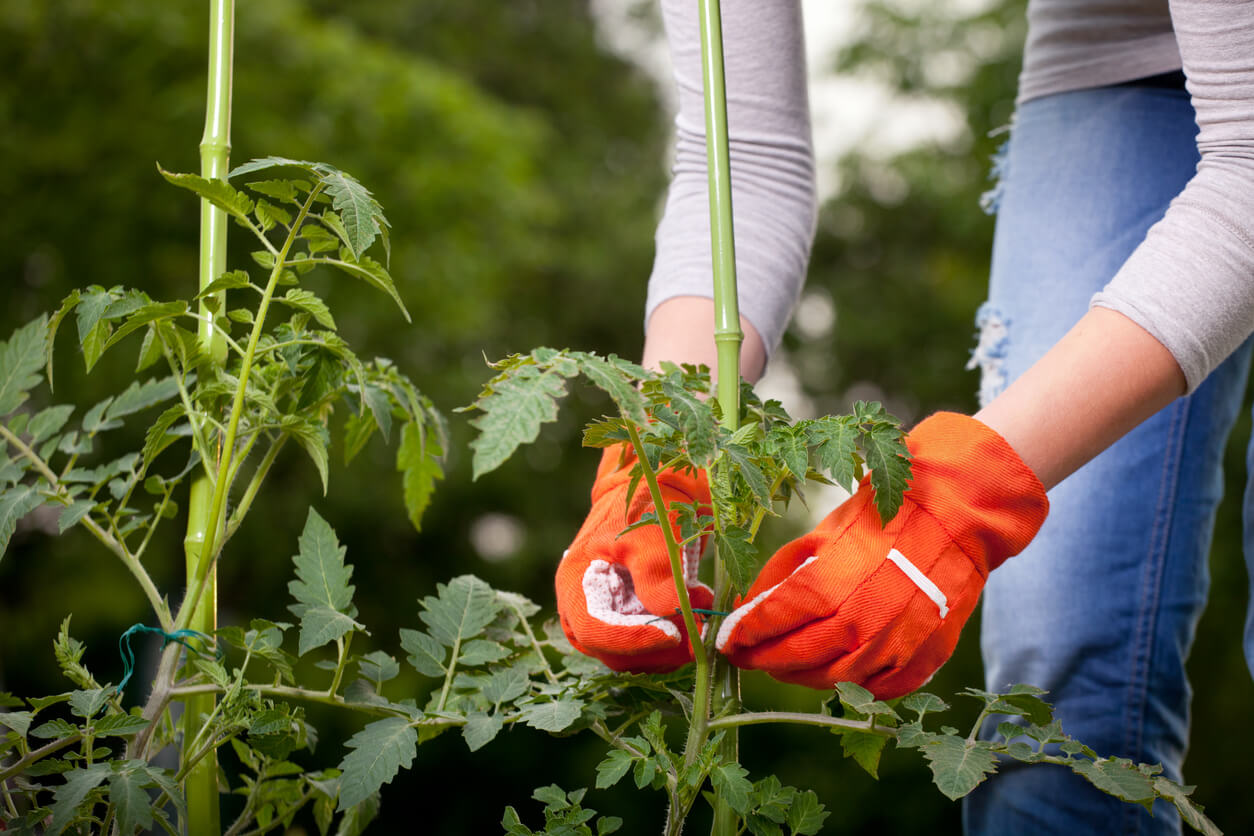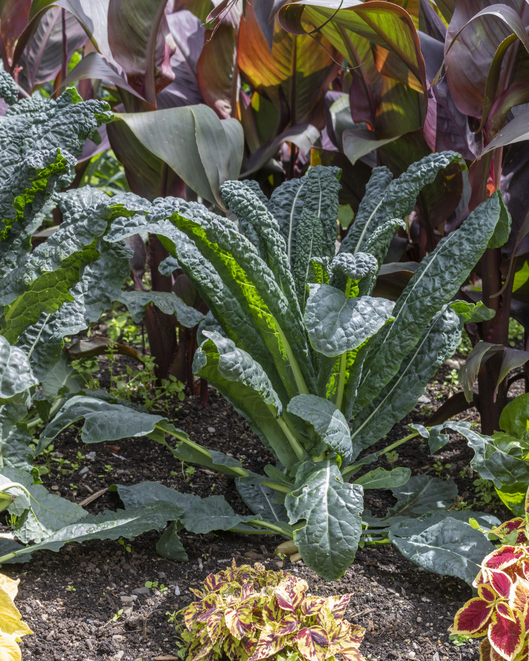There is no better time than the present to grab a new tree for your yard, school, park or street. Many deserving open spaces could use the shade and beauty trees provide.
In early spring, many people become anxious to run their fingers through the soil and see all the living things come out of dormancy.
Spring is a great time to get out and look at your natural surroundings, framed and shaded by trees. Almost everyone's quality-of-life could be improved by planting trees.
The old adage remains true today that the first outdoor gardening of the season is tree planting. Tree planting is an optimistic, life-affirming action of long-term investment we all need. Plant a tree with your children or your neighbor's children.
Which tree should you plant?
Every spring many guides and lists catalog new, old, exotic and native trees. They come in most shapes, sizes and temperaments. A number of trees will fit any available site.
Pick one out and plant it!
If a site has limited overhead growing space, use a small tree. If you have only a planting site in a narrow spot, use a tree with a slim, upright form.
Every tree has a set of attributes that helps it survive. Match the biology of the tree to an appropriate site. Don't randomly, or without consideration, plop any tree onto any site.
All trees have unique features, as well as traits in common, that provide a variety of values to a site. Depending on your objectives, many trees can generate the desired results. Don't be concerned if you can't find that one specific tree for a specific spot. There are many great trees.
When buying a tree, go to your local tree nursery or garden center. Look for a healthy, structurally sound tree with a large root ball or root area.
Remember, for trees to get establishment quickly and start growing well, a large, well-tended root mass is essential.
Because of the potential for bark damage in spring, don't handle or lift the tree by the stem. Always lift a young tree by the root mass or container.
Make sure the tree roots don't get too warm or dry before you plant it. Too much water will damage the tree, too.
Some people feel spring in their bones and head off to the woods to steal baby trees from their family groups. When they do, they bring home poor quality, pest-infected trees, spoil their landscapes and waste their time.
Buying a well-cared-for tree from a reputable nursery or garden center is always your best investment.
Which tree you plant is not as important as ensuring any tree has enough resources to survive and thrive.
Trees especially need areas with ample open soil surface. The physical space required to allow a tree to grow well can't be minimized if you want a long-lived, high-quality tree. If all you have is a poor site, in the end all you will get is a poor tree, regardless of what you bought.
Soil quality is important to getting the tree off to a good start. Preventing even minor amounts of soil compaction, using a thin layer of mulch, reducing competition and providing adequate water and essential elements will help your new tree.
Buy a great tree and give it a great site with plenty of room on which to grow.
Don't wait until spring has fully sprung to consider planting a tree. Those open spots around your community and in your yard deserve a touch of life.






